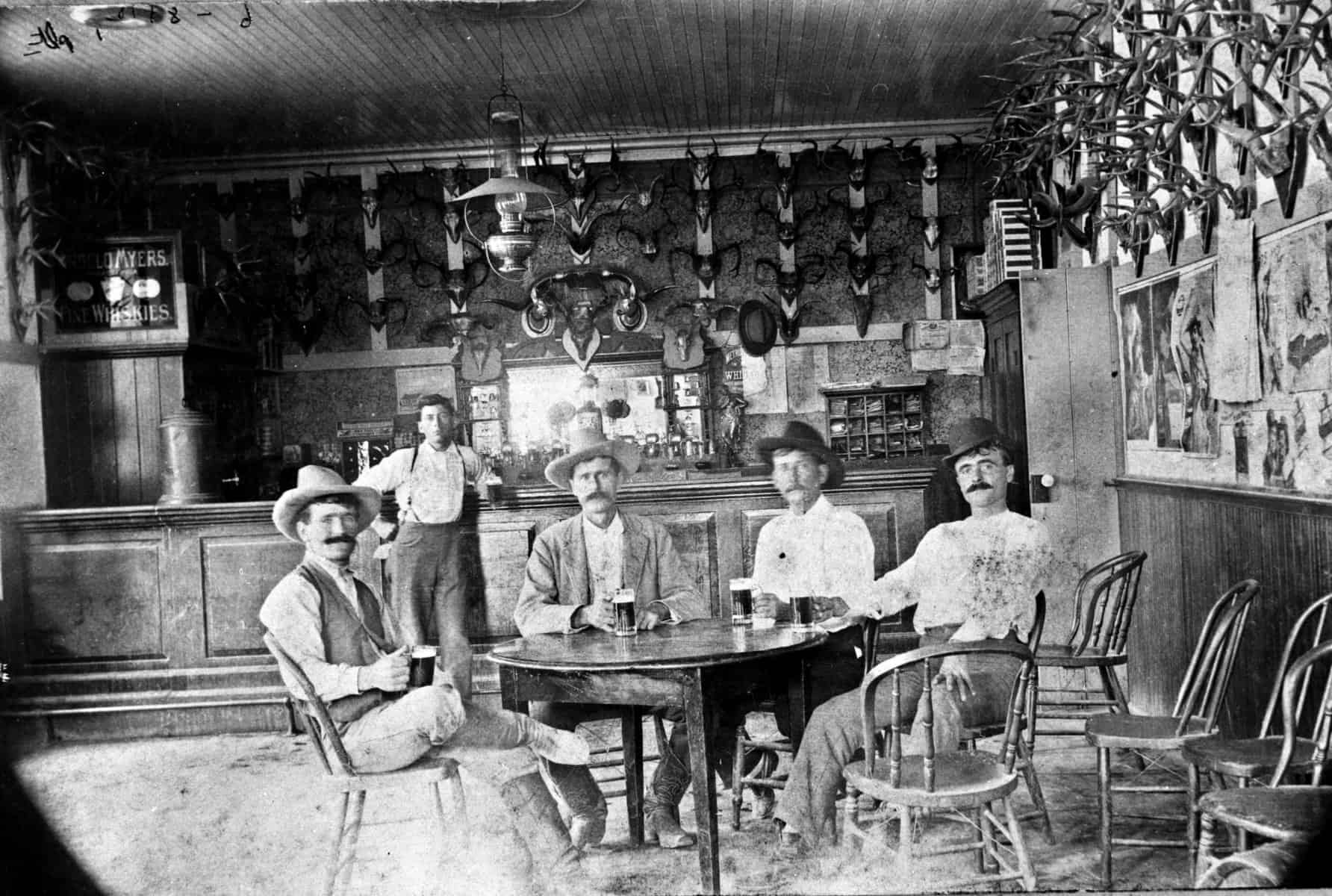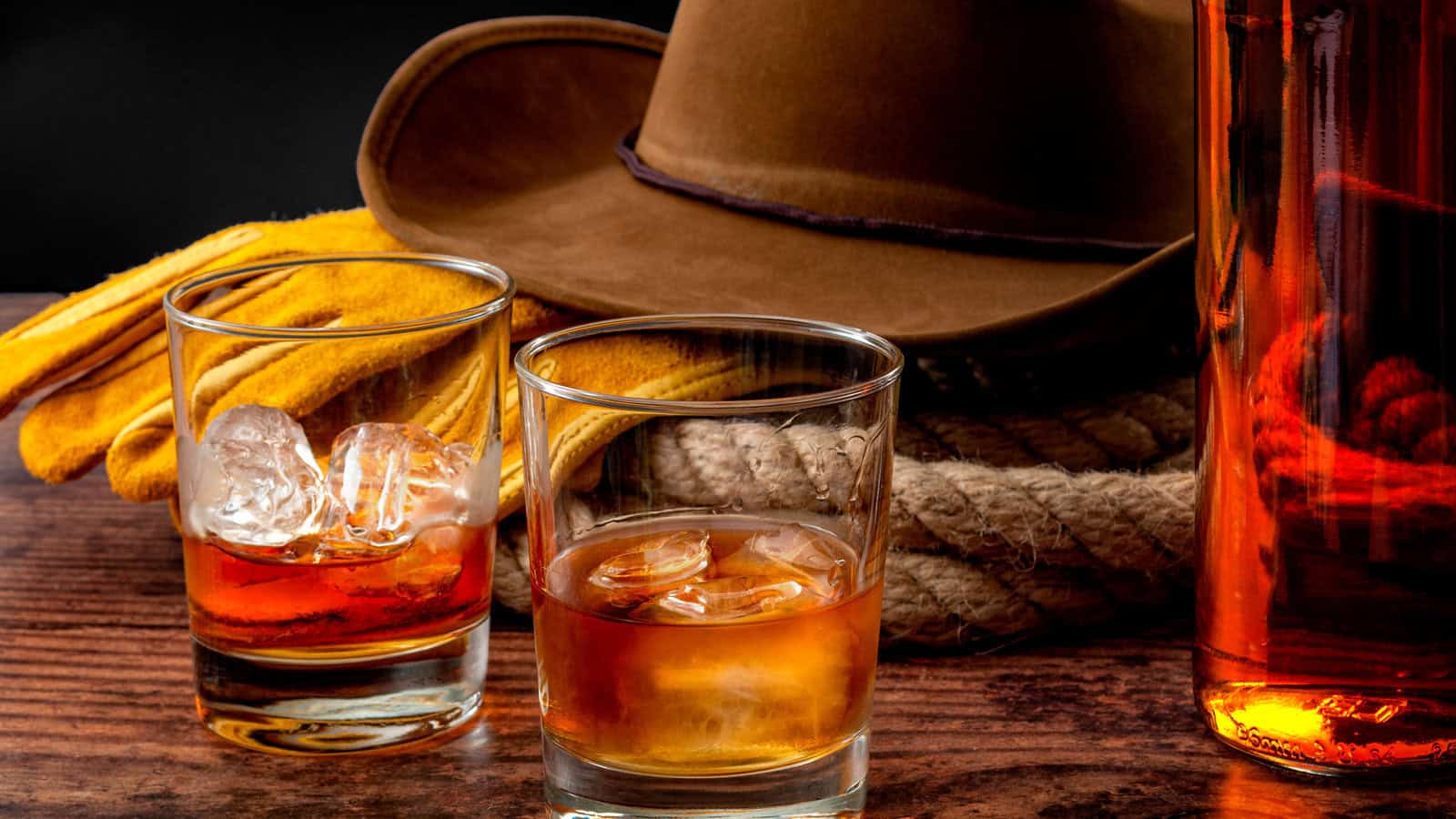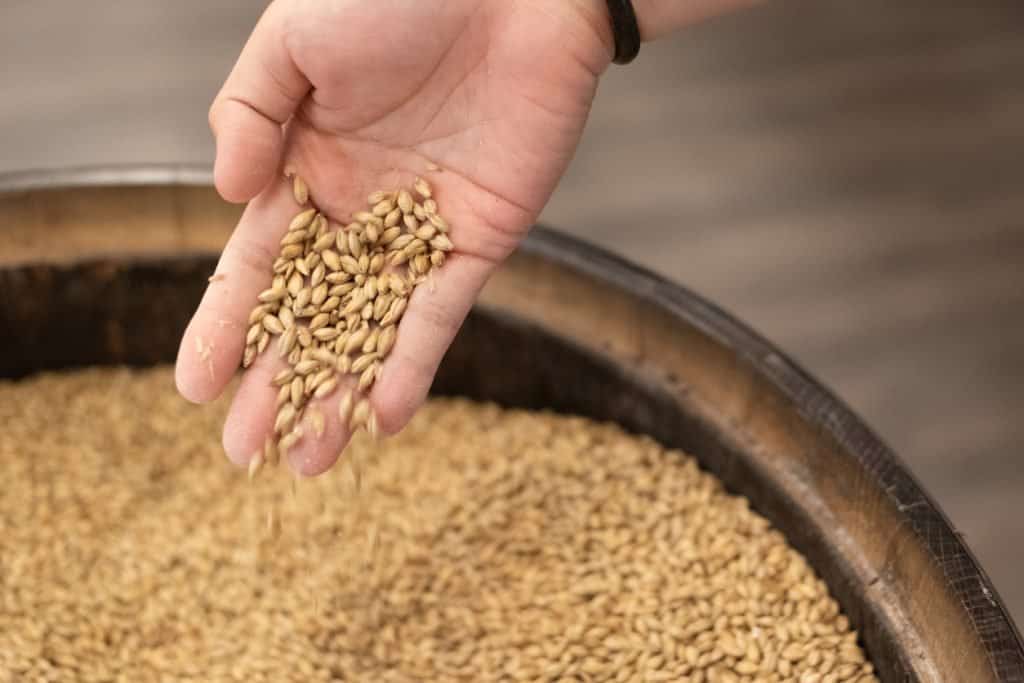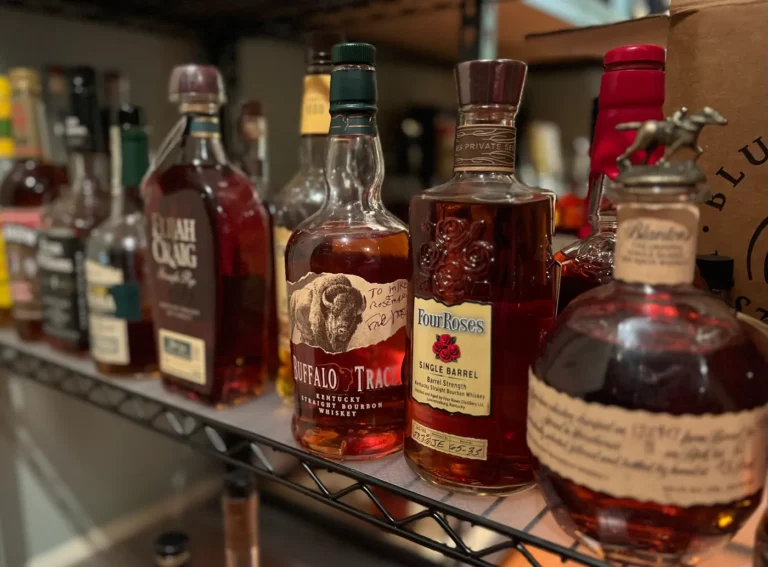What is Texas Whiskey?
Texas whiskey has taken the spirits world by storm, garnering attention for its unique flavors, innovative production methods, and deep-rooted history. From its early beginnings to its current status as a rising star in the whiskey industry, Texas whiskey offers a fascinating journey for enthusiasts and newcomers alike. This article delves into what is Texas whiskey and what makes it special, its legal definition, historical milestones, and the factors driving its popularity and growth.

Definition of Texas Whiskey
Texas whiskey is more than just a spirit; it’s a testament to the state’s rich heritage and innovative spirit. It stands out for its distinct characteristics, shaped by the Texan climate, local ingredients, and the creativity of its distillers.
What is Texas Whiskey?
Texas whiskey is a distinctive and rapidly growing category in the American whiskey market, characterized by its bold flavors and unique production methods. The hot Texas climate plays a crucial role, accelerating the aging process and allowing the spirit to develop rich, complex flavors in a shorter time. This results in whiskey with deep caramel, vanilla, and oak notes, often accompanied by hints of spice and fruit.
Local distilleries like Balcones Distilling, Garrison Brothers, and Ironroot Republic are at the forefront of this movement, using Texas-grown corn and other grains to create a truly regional product. These distillers experiment with various grains and barrel types, pushing the boundaries of traditional whiskey-making. The result is a whiskey that captures the essence of Texas, offering a robust and innovative spirit that stands out in the crowded whiskey market and making them one of the major Texas whiskey brands.
Distinctive Features
Texas whiskey is known for its bold flavors, which are a result of several unique factors:
• Climate Influence: The hot Texan climate accelerates the aging process, creating rich, intense flavors in a shorter time compared to whiskeys aged in cooler climates. This rapid aging process is due to the dramatic temperature fluctuations, which cause the whiskey to interact more frequently with the wood of the barrels. The result is a spirit that can achieve complex maturity in a fraction of the time it takes in other regions.
• Local Ingredients: Compared to other whiskeys the ingredients use of Texas-grown grains, such as corn, wheat, and barley, imparts unique flavor profiles that set Texas whiskey apart from other types. Texas corn, in particular, lends a sweetness and depth that are hard to replicate elsewhere. Additionally, the mineral-rich water from Texas aquifers adds another layer of distinctiveness to the whiskey.
• Craftsmanship: Texas distillers are renowned for their innovative techniques and dedication to quality, often experimenting with different types of barrels and aging processes. Some distilleries use a variety of oak species, including American oak and French oak, to introduce diverse flavor and tasting notes and profiles of the whiskey. The emphasis on small-batch production ensures meticulous attention to detail, resulting in high-quality whiskey that reflects the passion and expertise of its makers.
Legal Definition
To be labeled as Texas whiskey, the spirit must adhere to specific legal aspects and criteria. According to the Texas Alcoholic Beverage Commission (TABC):
- Production Process of Texas Whiskey: The whiskey must be distilled and aged within the state of Texas. This requirement ensures that the whiskey benefits from the unique climatic conditions of Texas, which are crucial for its distinctive character.
- Ingredients: It must be made primarily from Texas-grown grains. This stipulation highlights the importance of local agriculture and supports the state’s farmers.
- Aging Process: The spirit must be aged in new, charred oak barrels. This practice is in line with traditional American whiskey production methods, ensuring that Texas whiskey develops the necessary complexity and depth of flavor.

These regulations ensure that Texas whiskey maintains its authenticity and quality, reflecting the true essence of the state.
History of Texas Whiskey

Early Beginnings
The roots of Texas whiskey can be traced back to the early settlers who brought distilling techniques from Europe. However, it wasn’t until the late 20th century that Texas whiskey began to carve out its own identity. Early distillers faced numerous challenges, including legal restrictions and a lack of infrastructure, but their perseverance laid the foundation for the industry.
During the Prohibition era (1920-1933), illegal moonshining became a clandestine but integral part of Texas’ whiskey history. Many of these early distillers operated in secrecy, honing their craft under the radar of federal authorities. This period fostered a spirit of ingenuity and resilience that would later influence the legitimate whiskey industry in Texas.

Key Milestones
Several key events have marked the rise of Texas whiskey:
- 1990s: The resurgence of craft distilling in the United States inspired a new generation of Texan distillers. The passage of more lenient distilling laws allowed small-scale operations to flourish, paving the way for a renaissance in Texan whiskey production.
- 2006: The establishment of Garrison Brothers Distillery, the first legal whiskey distillery in Texas, marked a turning point for the industry. Located in Hye, Texas, Garrison Brothers set high standards for quality and authenticity, quickly gaining acclaim for its rich, complex bourbons.
- 2010s: The number of Texas distilleries grew exponentially, with brands like Balcones and Ironroot Republic gaining national recognition. Balcones, founded in Waco in 2008, became known for its innovative use of blue corn and won numerous awards, solidifying Texas’ reputation on the global whiskey stage. Ironroot Republic, established in Denison in 2013, focused on the terroir of North Texas, using heirloom grains and traditional European techniques.

These milestones highlight the rapid growth and increasing prestige of Texas whiskey in the spirits world.
Popularity and Growth
Texas whiskey has experienced a remarkable surge in popularity, driven by a combination of market trends and evolving consumer preferences.
Market Trends
Several trends have contributed to the growing demand for Texas whiskey:
- Craft Spirits Movement: The rise of craft spirits has fueled interest in locally-produced, high-quality and different types of whiskeys. Consumers are increasingly looking for artisanal products that offer a unique story and connection to the place of origin. Texas whiskey, with its rich heritage and distinctive flavors, fits this demand perfectly.
- Innovation: Texas distillers are known for their willingness to experiment with new techniques and flavors, attracting adventurous consumers. For example, some distillation techniques are experimenting with different types of oak barrels, including those previously used for aging wine or port, to introduce novel flavor profiles. Others are incorporating non-traditional grains or local botanicals to create unique expressions.
- Awards and Recognition: Texas whiskeys have won numerous awards at national and international competitions, boosting their reputation and visibility. Prestigious awards from organizations like the American Distilling Institute and the San Francisco World Spirits Competition have brought global attention to Texas whiskey, further driving its popularity.

Consumer Preferences
Today’s whiskey consumers are more informed and discerning, seeking out unique and authentic experiences. Texas whiskey appeals to these preferences in several ways:

- Authenticity: The emphasis on the traditional methods, local ingredients and materials used resonates with consumers looking for genuine products. The story of Texas whiskey, from its historical roots to its modern-day innovations, adds a layer of authenticity that many consumers find appealing.
- Flavor Diversity: The unique aging process and use of different grains result in a wide range of flavor profiles, offering something for every palate. Whether it’s the smoky, spicy notes of a mesquite-aged whiskey or the sweet, corn-rich profile of a traditional bourbon, Texas whiskey provides a diverse tasting experience.
- Local Pride: Texan consumers, in particular, take pride in supporting their local distilleries and showcasing the state’s craftsmanship. The “buy local” movement has gained significant traction, and Texas whiskey benefits from this trend. Visitors to Texas often seek out local distilleries for tours and tastings, further spreading the word about the state’s burgeoning whiskey industry.
Conclusion
Texas whiskey has firmly established itself as a dynamic and exciting segment of the spirits market. Its distinctive features, rich history, and growing popularity make it a fascinating subject for whiskey enthusiasts and a proud symbol of Texan ingenuity. As the industry continues to evolve, Texas whiskey is poised to further enhance its reputation, offering new and unique expressions for years to come.
Texas whiskey not only reflects the robust spirit of its state but also stands as a testament to the creativity and dedication of its distillers. From the use of local grains to innovative aging techniques, Texas whiskey embodies a perfect blend of tradition and innovation, making it a unique and cherished category in the world of spirits.
FAQs
Disclosure: Our blog contains affiliate links to products. We may receive a commission for purchases made through these links. However, this does not impact our reviews and comparisons. We try our best to keep things fair and balanced, in order to help you make the best choice for you.









